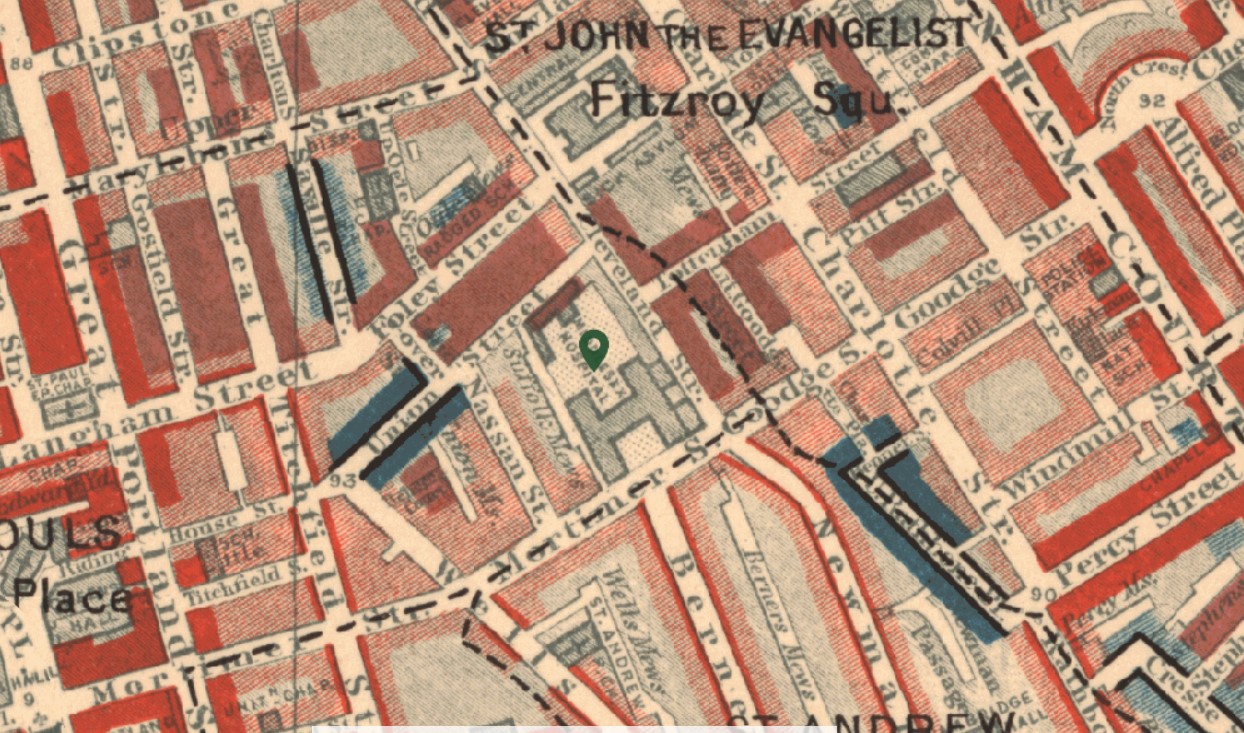St Bernards Hospital
The Middlesex County Asylum in Hanwell was the first pauper lunatic asylum built in England following the Madhouse Act of 1828, which allowed the building of purpose-built asylums. Building work began in 1829 on a 74-acre site - 44 acres of which had been purchased from the Earl of Jersey.
The three-storey yellow brick building opened in May, 1831. Built to accommodate 500 patients, it was found out almost immediately it could only house 300. The building was enlarged in November of the same year. Two years later repairs were necessary. In fact, repairs, extensions and rebuilding were carried out in 1837. By 1841 90 staff were looking after 1302 patients.
In 1857 an attic floor was added to the original building and more extensions were added in 1879. By 1888 there were 1891 patients and the Asylum had become the largest in Europe.
It achieved great prominence in the field of psychiatric care because of two people, Dr William Ellis and Dr John Connolly.
Dr (later Sir) William Ellis, the first Medical Superintendent whose wife was the Matron, encouraged patients to use the skills and trades they had had before being admitted to the Asylum. This 'therapy of employment' benefited both the Asylum and the patients themselves and was a precursor to occupational therapy. The extensive grounds were cultivated for produce. The Asylum became self-sufficient, with a farm, a laundry, a bakery and a brewery. (However, patient labour was somewhat abused by this system in the fight to reduce running costs). Local artisans - tailors, shoemakers - worked at the asylum. There was a gasworks and a fire brigade and even a burial ground for those patients whose relatives had not claimed their bodies. Water was taken from the nearby Grand Union Canal and the Asylum had its own dock for barges delivering coal and for taking away produce for sale.
Dr Ellis left in 1838 and his successor, a Dr J.G. Millingen, resigned shortly after his appointment following a disagreement with the governors.
Dr John Conolly became the third Medical Superintendent in 1839. He abolished mechanical restraints to control patients. This was a great success and encouraged other asylums also to do so. Padded cells, solitary confinement and sedatives were used instead.
In 1889 the newly formed LCC took over and the Asylum was renamed the London County Asylum, Hanwell.
By 1891 there were 139 members of staff caring for 1899 patients, 1138 of whom were female. Patients were looked after by members of their sex and there were two gatehouses at the entrance - one for males and one for females.
In 1918 the Asylum became known as the London County Mental Hospital.

